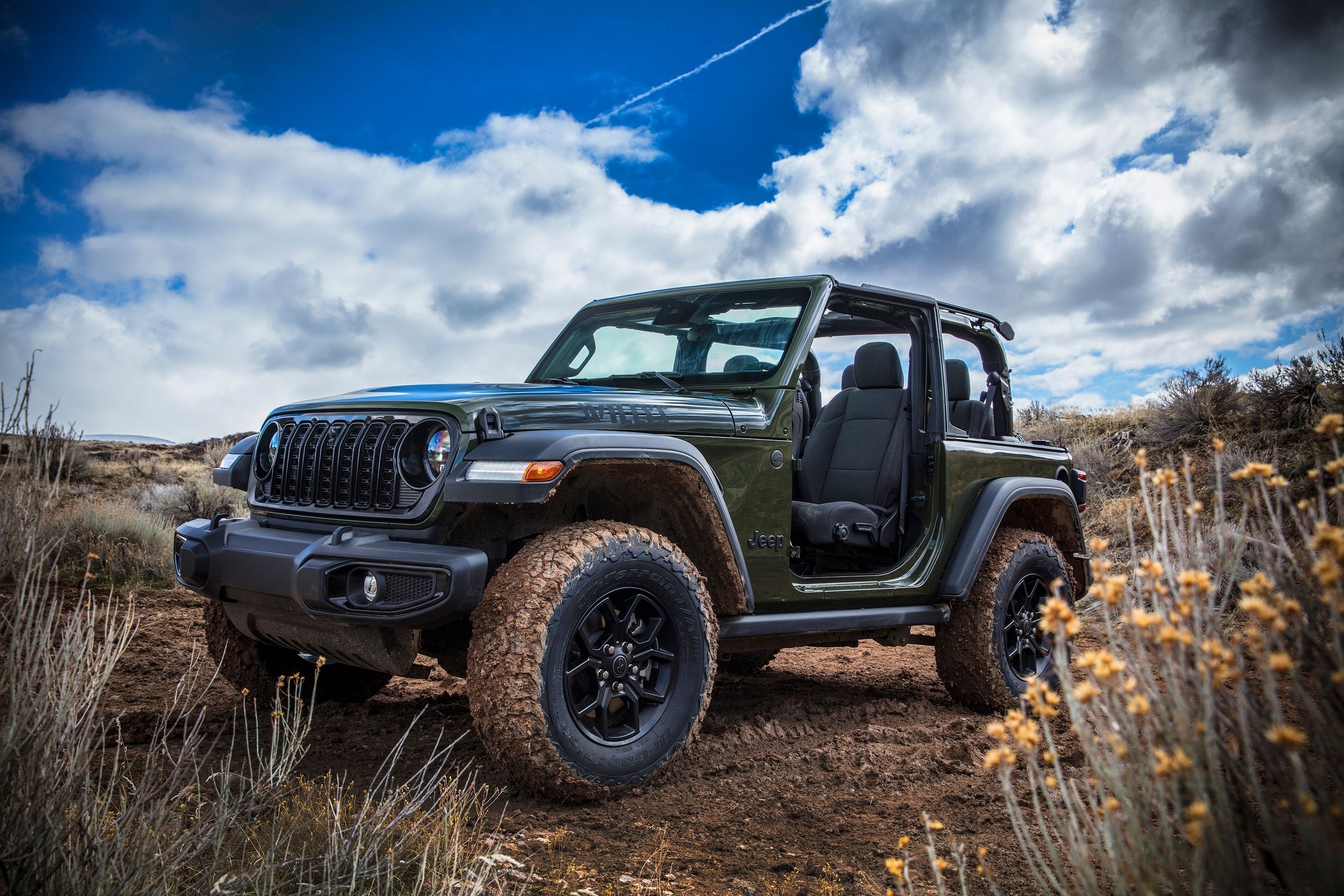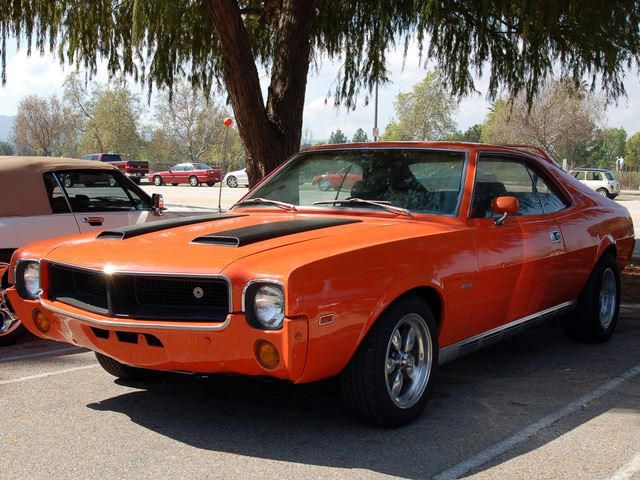
The demise of brands like Plymouth, Mercury and Pontiac were well documented and endlessly analyzed over the past few years. But there have been literally hundreds of brands which have gone under in America over the years, some of which were quite significant. Probably the biggest of these, and the one to have fallen the furthest was the American Motors Corporation, or AMC. It went under 1987, but parts of it live on to this day.
AMC was formed in 1954 with the merger of the Hudson Motor Car Company and the Nash-Kelvinator Corporation, itself formed from the earlier merger of the Nash car company and an appliance maker (more on Nash later). It immediately became the fourth-largest automaker in the US, and would hold that position until the end. The reason for the merger was simple: the automotive industry was changing, and small companies were having a tougher and tougher time making it on their own. The depression had shown how difficult it was for these smaller companies to weather harsh economic times, with dozens going under prior to WWII.
But the postwar era saw another reality which still holds true. Cars were getting more complex, and development costs had become a huge investment, and small companies simply didn't have the money for this kind of business. The first few years for AMC were rough, with the phasing out of old models and the introduction of new ones. But AMC's Rambler brand of compact cars would soon take off in a big way. This was partly due to an increase in public interest in compact cars, but AMC also ran a very effective marketing campaign for the brand that really put itself on the map.
Even though it would never seriously threaten any of the Big Three companies, it would remain relevant for several decades. The Sixties saw the Rambler brand become even more economy-oriented, as a way of competing with the VW Beetle, while AMC-branded vehicles would become bigger and more expensive to compete with domestic brands. AMC would enter the muscle and pony car arena with the AMX and Javelin in the late Sixties. These cars were again not as popular as those from the Big Three, but were still solid offerings from the smaller company.
AMC would finally drop the Rambler line in 1969, as competition in the compact market had become much more serious, and keeping up had become more difficult. But in 1970, AMC acquired the Kaiser-Jeep Corporation, a brand which would become quite lucrative over the coming years. It wasn't enough to save AMC, but Jeep really became the brand it is today while under AMC management. In fact, one the last models to be introduced by any AMC brand before the Chrysler takeover was the 1987 Wrangler, still a much-loved vehicle. In 1969 AMC would also revive the Hornet nameplate, a model which had previously been a hit for Hudson before it became part of AMC.
This platform would provide the jumping-off point for AMC's major push into more compact cars during the Seventies, a move made throughout the US automotive industry as a result of the energy crisis. These would include the Gremlin and the Spirit, later to be joined by the innovative but horrible Pacer. These weren't great times for any American cars, but the smaller AMC really felt the sting. In 1979, AMC introduced the Eagle, a vehicle with a car body that also had higher ground clearance and four-wheel-drive to give it some off-road capability. Essentially a crossover, it was built with input from Jeep, and was really able to deliver on its off-roading promises.
But the Eagle was still a hit, with some factory-backed motorsport experience to back up its claims. The model would survive all the way to the end of the company. The Seventies were especially tough on AMC, first with the oil embargo and then new emissions regulations wreaking havoc on its models. By the end of the decade, it was losing a ton of money on anything that wasn't four-wheel-drive. In 1980, Renault would take over as the company's principal owner. The sale did not help AMC at all, and Renault would come to lose so much money on the deal that it was forced to close factories in France as well. So Renault would dump the company on Chrysler in 1987.
This would eventually turn out to be a worthwhile investment. Renault had borne the brunt of AMC's downsizing from a full line of vehicles into basically just Jeep and the Eagle. Chrysler would then eventually phase out Eagle as it became increasingly irrelevant, but it still owns the money-making Jeep division. So although AMC had met its end, the sale to Chrysler would end up keeping that company from going under, and Renault would be able to use what they had learned to turn a partnership with Nissan into an actual success. So, in the end, there was a bit of positivity to come out of the end of AMC.

